Reading the Sanctuary Part 2
Continuing the article on this subject featuring St Francis de Sales and All Souls, Devonport (pictured next page) begun in the March issue.
The General Instruction requires that there “be a cross, with the figure of Christ crucified upon it, either on the altar or near it, where it is clearly visible to the assembled congregation.”
The icon crucifix of Devonport, painted by Bruce Smith, is a copy of the one that Giotto made for Santa Maria Novella in Florence. As is usual in a copy made by an artist rather than a machine, there are differences from the original. Mary and John still look on from either side, but the medieval fascination with Christ’s blood has been downplayed, the rocks and bones of Calvary omitted, and the ornamentation of Christ’s halo reduced. Jesus is also significantly slimmer and less obviously red-haired!
The windows of this sanctuary are worth an article by themselves, which I will endeavour to provide for the next issue of the Messenger.
An unusual feature of this church is the paired “piscinae” (water bowls) inset into the angled back walls of the sanctuary. No longer having a function in the modern liturgy, one has been filled in and painted to resemble a cupboard, while the other (pictured at right) is used to reserve the Holy Oils.
Monsignor Paul Cronin was the donor of the beautiful bronze Eagle Lectern from which “the Word of God is proclaimed.” These lecterns are common in Anglican Churches, precisely as part of the Gothic Revival, which imitated late-medieval examples.
In an unusual survival St Francis de Sales and All Souls has altar rails and a pulpit though these are not normally used for their original functions. The rails do serve “to appropriately mark off” the sanctuary from the body of the church, as does the elevation and the change in carpet.

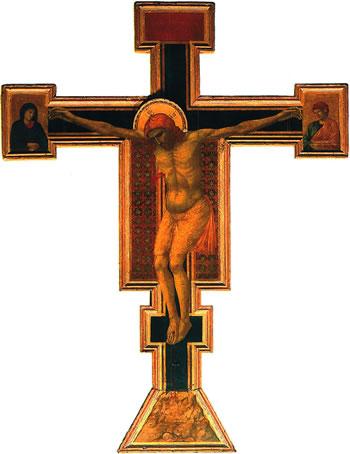
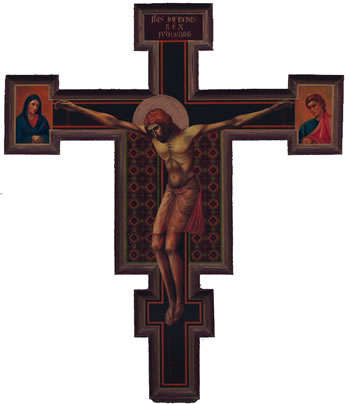
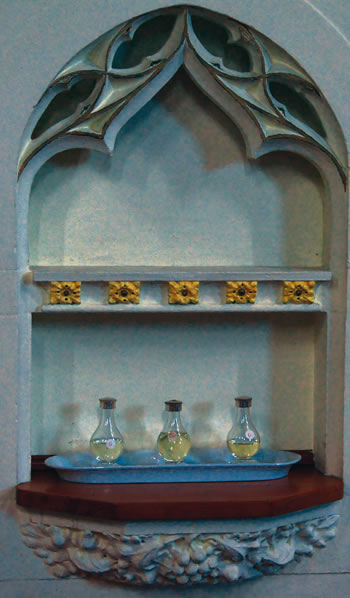
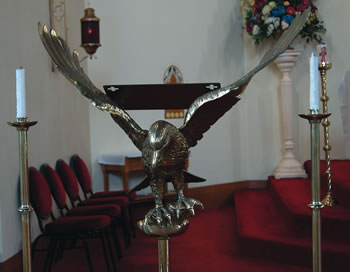
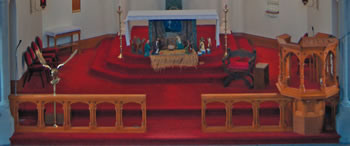
 Entries(RSS)
Entries(RSS)